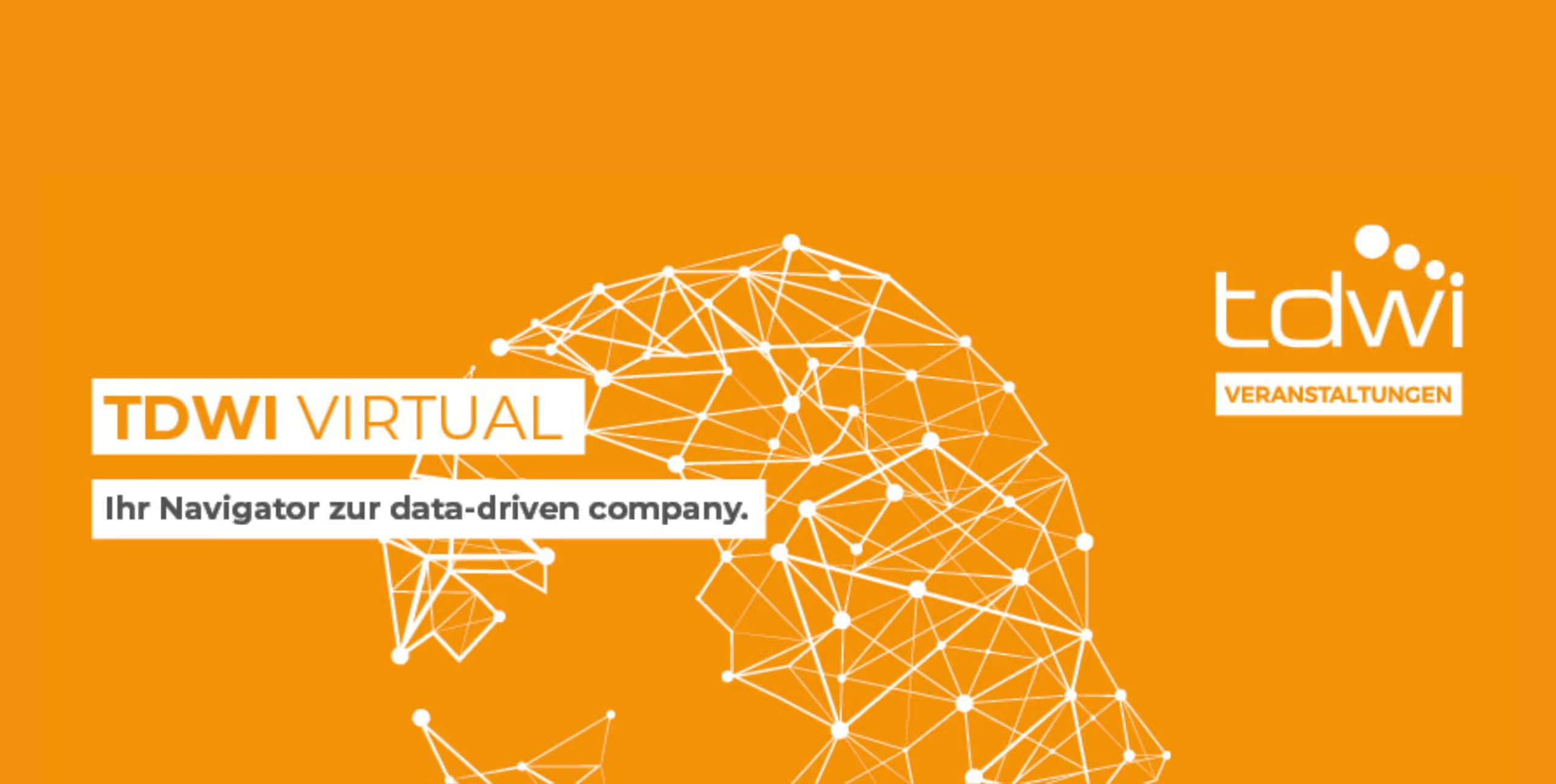Roadmap for your data architecture

Your starting point for data-driven transformation
The maturity assessment helps companies to systematically analyze their existing data architecture and develop it further in a targeted manner. The aim is to create transparency about the current status, identify optimization potential and define a future-proof target image. Both technical and organizational aspects are taken into account - from data sources and interfaces to governance structures, roles and responsibilities.
As part of the assessment, a maturity model is created that depicts the current situation in a structured manner and is compared with best practices and strategic requirements. On this basis, a prioritized roadmap is created with concrete recommendations for action, quick wins and cost estimates for implementation. The approach is technology-neutral and is geared towards the individual requirements of the company.
The assessment is suitable both as an introduction to data-driven transformation projects and for validating existing architectures. It creates a reliable basis for decision-making for investments in data infrastructure, analytics and governance - and promotes organization-wide acceptance by involving relevant stakeholders at an early stage.
Your initial situation
- Lack of transparency about the current status of the data architecture and its level of maturity
- High manual effort for data provision and lack of automation
- Unclear responsibilities and lack of governance structures in data management
- Fragmented data sources and interfaces without a uniform target image
- Uncertainty when making investment decisions in new technologies and platforms
- Need for a structured roadmap for the further development of the data architecture
What you get
- A structured maturity model of your data architecture (actual and target status)
- Identification of quick wins and critical areas for action
- A prioritized roadmap with concrete implementation recommendations
- Cost estimates for technical and organizational measures
- Visualization of the target architecture including governance elements
- Presentation of results for internal communication and decision-making
Content of the assessment
- Inventory & target picture workshop with the core team to analyze the current data architecture and define the target vision
- Department workshops to validate and supplement the target image from an operational perspective
- Creation of a maturity model for structured evaluation of the current situation and derivation of specific development steps
- Conception of a roadmap with prioritized measures, cost estimates and implementation proposals
- Preparation of a presentation of the results for internal communication and definition of the next steps




